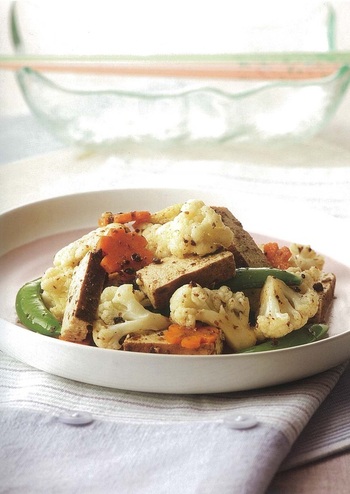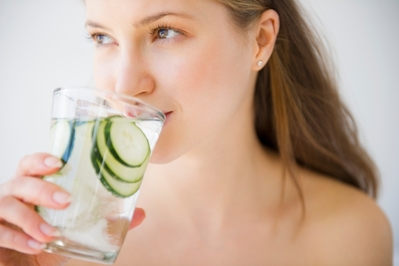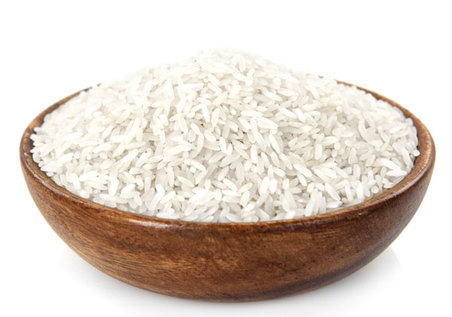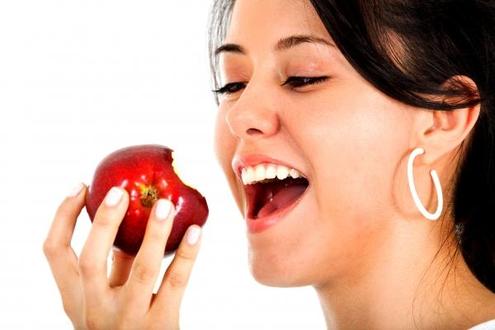Ingredients
A
1pcs dried beancurd(sliced)
300g cauliflower
50g carrot flower
50g baby corn
50g sugar snap peas
B
1 tsp sesame vege mix
1 tbsp olive oil
1 tsp soy sauce
3 tbsps stock
C
toasted sesame
toasted grated almonds
Method
1) Cut cauliflower into florets. Cut baby corn into small pieces. Put (A) in a stainless steel pot.
2) Add 3 tbsps of water. Cover the lid and cook until strong steam appear.
3) Stir in (B). Remove from heat and set aside. Sprinkle (C) on top. Serve hot.
Tip:
Please use bamboo salt to replace refined salt for cooking.
Cauliflower contains a lot of water soluble vitamins like vitamins C, folic acid and vitamin B6. These nutrients can be lost when it's overcooked.
We invite you to visit our Homepage for additional information on products and studies on diabetes.






















 RSS Feed
RSS Feed
